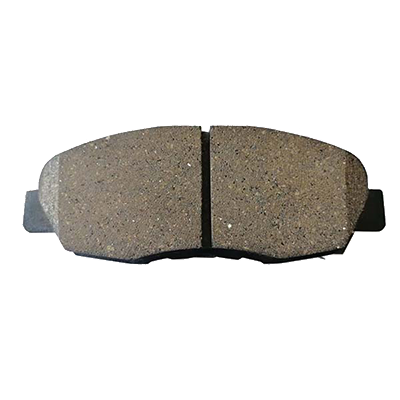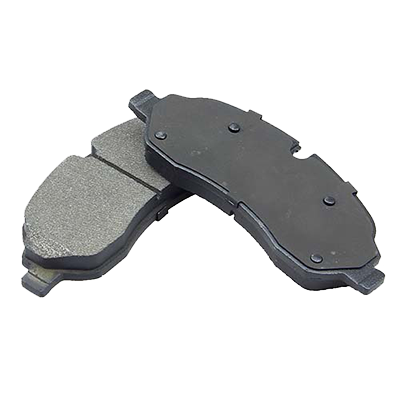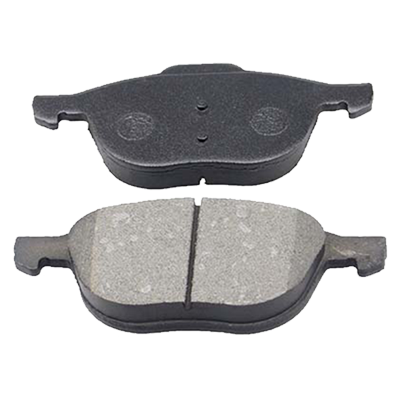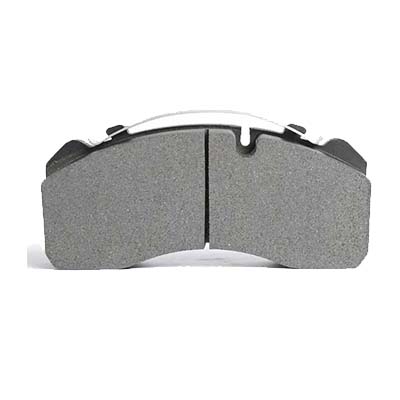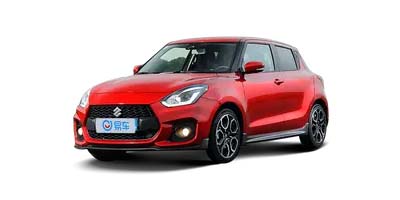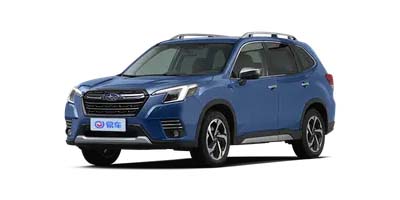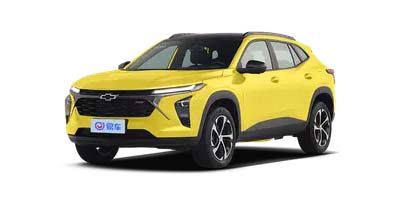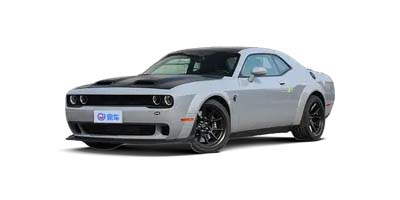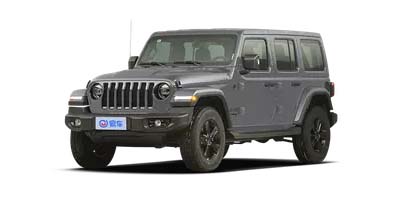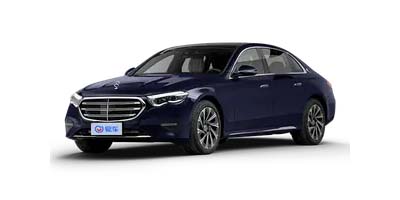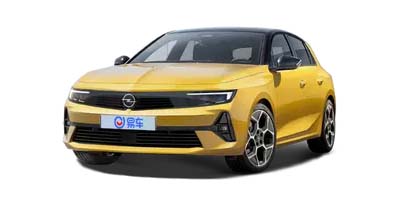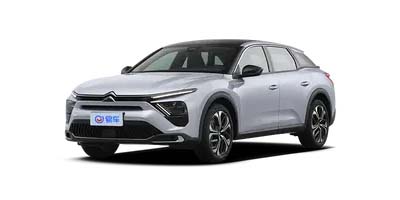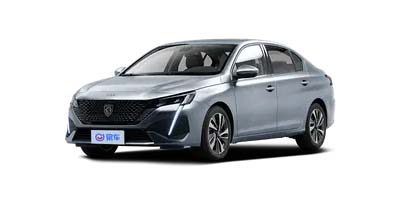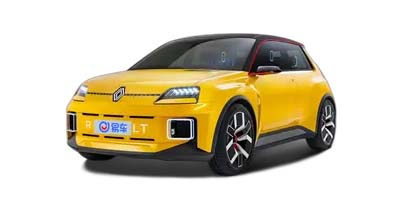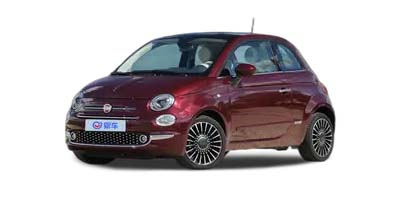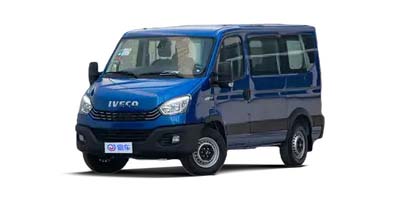brake pads for cars
KETULLA offers 2351 brake pad models, covering a wide range of global cars brand models. We continuously update our catalog with new models every year to accommodate more vehicle types. Whether you're a distributor or a retailer, we can fully meet your needs
Rear and front Brake pads for cars
Send us your model list to ask for the price list
Where to buy brake pad set front and rear at a good price? At KETULLA
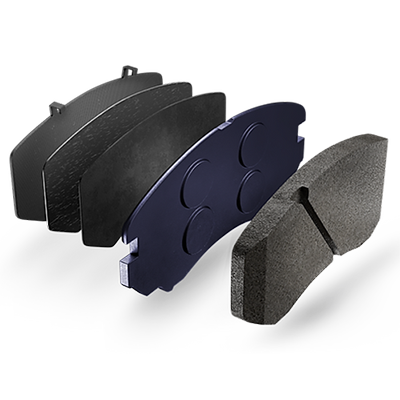
why choose us as a suppler for your business
brake pads manufacturer
KETULLA is a brake pad manufacturing company with 24 years of experience, founded in 2000. Our annual production capacity is 6 million sets, and we export to 32 countries and regions worldwide. We have over 12,300 partners.
brake pads types
We currently have three mature brake pad formulas, all of which are well-received by our partners and demonstrate excellent market performance. Additionally, we are accelerating our research to develop new formulas, such as racing car brake pads. These have already completed testing and are ready for mass production.
brake pads models
KETULLA currently offers 2351 brake pad models, covering 98% of well-known vehicle brands, including light vehicles, commercial cars, trucks, and buses. We provide customization services, including logo design, box design, and shim printing tailored to your specifications. We can meet your needs
quality quarantee
We place utmost importance on product quality, which has been our long-term strategy for company development and will never change. We guarantee a product warranty of 30,000 to 50,000 kilometers. If you are interested in cooperating, we would be happy to send you free samples for road tests and machine tests.
prompt delivery guaranteed
As a brake pad manufacturer, we prioritize the timeliness of customer orders, which is easily achievable for us. All orders from direct trade will be given priority in production. This ensures timely delivery, even if you have stringent deadlines. We strive to meet your requirements to the best of our ability.
Efficient freight solutions
The transportation cost of our products is a significant concern for our customers, as it directly impacts their profits. We have our own freight forwarding company, which allows us to offer lower prices compared to our competitors. Importantly, we tailor different shipping solutions for various orders, significantly reducing shipping costs.
Car disc pads types
Find brake pad set for all top car brands
Brake pads replacement: video repair guide

How to change toyota camry rear brake pads replacement TUTORIAL
How to change Front brake discs / Rear Disc Brakes / Front brake pads on TUTORIAL | Ketulla Top brands t…
Step by Step Video Tutorial for Do-it-yourself Auto Repair. Become an amateur mechanic with Ketulla.
table of contents
Brake pad set for cars: find out more! How to choose, when to change , and how much they cost
Brake pads are a part of the braking system. In many ways they determine how quickly the vehicle will stop. When the pedal is pressed, the shoe is pressed against the disc, which leads to the vehicle braking.
Types of brake pads
- Organic Brake Pads: Also known as non-asbestos organic (NAO) brake pads, these are made from a mixture of organic materials such as rubber, carbon, Kevlar, and fiberglass. They are often quieter and produce less dust compared to other types. However, they may wear out faster and have lower performance at high temperatures.
- Semi-Metallic Brake Pads: These pads are made from a mixture of metal fibers (such as steel) and organic materials bonded together with resin. Semi-metallic pads offer better performance and durability compared to organic pads, making them suitable for high-performance or heavy-duty applications. However, they can be noisier and generate more brake dust.
- Ceramic Brake Pads: Ceramic brake pads are composed of ceramic fibers, nonferrous filler materials, and bonding agents. They offer excellent stopping power, low noise, and minimal dusting. Ceramic pads also provide better performance in high-temperature conditions and are more durable than organic pads. However, they tend to be more expensive. Carbon-Ceramic Brake Pads: These are a type of ceramic brake pad infused with carbon fibers.
- Carbon-ceramic pads offer superior performance, especially in high-performance and racing applications. They provide excellent braking performance, minimal noise, low dust, and high temperature resistance. However, they are the most expensive type of brake pads.
- Low-Metallic NAO Brake Pads: These pads contain a small percentage of metal fibers (usually steel or copper) mixed with organic materials. They offer better performance and heat dissipation compared to organic pads while being quieter than semi-metallic pads. However, they may produce more brake dust and wear out brake rotors faster.
The construction of brake pads
Brake pads consist of several layers of materials bonded together to form a durable and effective braking surface. While specific construction methods can vary between manufacturers and types of brake pads, here is a general overview of the typical construction of brake pads:
Backing Plate: The backing plate is the foundation of the brake pad. It is usually made of steel or other high-strength materials to provide structural support and stability to the pad.
Friction Material: The friction material is the part of the brake pad that makes contact with the brake rotor to generate friction and slow down or stop the vehicle. It is typically bonded or riveted to the backing plate. The friction material can vary depending on the type of brake pad but often includes materials like organic compounds, semi-metallic fibers, ceramic fibers, or a combination of these materials.
Bonding Agent: A bonding agent is used to adhere the friction material to the backing plate securely. This bonding ensures that the friction material stays in place during braking and prevents delamination or separation.
Shims: Some brake pads include shims, which are thin layers of material placed between the backing plate and the friction material. Shims help reduce noise and vibration by damping the vibrations generated during braking.
Slots and Chamfers: Many brake pads feature slots and chamfers on the friction surface. Slots are grooves cut into the pad surface, while chamfers are angled edges. These features help dissipate heat, expel brake dust and gases, and maintain consistent friction performance.
Wear Indicator: Some brake pads include wear indicators, typically small metal tabs or grooves, designed to make contact with the rotor when the brake pad wears down to a certain level. This contact produces a squealing noise, alerting the driver that it’s time to replace the brake pads.
Tips for operating the brake pads
- Smooth braking: Apply brakes gradually to avoid abrupt stops, reducing wear on the brake pads.
- Anticipate stops: Predict stops ahead and slow down gradually, minimizing the need for heavy braking.
- Maintain distance: Keep a safe distance from vehicles in front to allow for ample braking distance.
- Avoid riding brakes: Don’t rest your foot on the brake pedal when not actively braking, preventing overheating.
- Regular maintenance: Inspect brakes regularly and replace worn pads promptly to ensure optimal performance.
- Adapt to conditions: Adjust driving behavior for road and weather conditions, allowing for extra braking distance when necessary.
Malfunctions of brake pads
Wear: Over time, brake pads wear down, reducing braking effectiveness.
Uneven Wear: Can cause imbalance, vibrations, and noise during braking.
Glazing: Smooth, glazed surfaces reduce friction and braking performance.
Cracking/Delamination: Structural failure can lead to brake failure.
Contamination: Oil, grease, or fluid on pads reduces friction.
Corrosion: Weakens pads, leading to premature failure.
Sticking/Binding: Rust or debris can cause uneven braking and heat buildup.
Noise: Squealing or grinding indicates worn or damaged pads.
Fading: Overheating reduces friction, increasing stopping distances.
Loss of Friction Material: Exposed backing plate reduces braking effectiveness.
Symptoms of brake pads failure
- Squealing or grinding noises
- Reduced braking performance
- Vibration or pulsation
- Soft or spongy brake pedal
- Visible wear indicators
- Dashboard warning lights
- Burning smell
- Uneven brake pad wear
Causes of brake pads malfunctions
- Normal wear and tear
- Aggressive driving
- Overheating
- Contamination
- Corrosion
- Misalignment or poor installation
- Brake fluid contamination
- Lack of maintenance
- Environmental factors
- Defective components
Repair and replacement of brake pads
Repairing and restoring the pads is not recommended. In case of malfunction they should be replaced, especially because their cost is relatively low. Replacement parts will extend the life of the brake disc and the entire brake system. You can replace a pad by yourself with a minimal set of tools. To do this, follow these steps:
Assessment: Begin by assessing the condition of the brake pads. Check for signs of wear, such as thickness, visible wear indicators, and uneven wear patterns.
Lift the Vehicle: Use a jack to lift the vehicle securely and support it with jack stands. Ensure the vehicle is stable and safe to work on.
Remove Wheels: Remove the wheels to access the brake calipers and pads.
Caliper Removal: Loosen and remove the bolts securing the brake caliper to the mounting bracket. Carefully suspend the caliper with a wire or bungee cord to prevent damage to the brake hose.
Inspect and Clean: Inspect the brake calipers, rotors, and hardware for signs of damage or wear. Clean the caliper mounting bracket and hardware using a wire brush and brake cleaner.
Remove Old Pads: Slide out the old brake pads from the caliper bracket. Take note of their orientation and placement for proper installation of the new pads.
Install New Pads: Install the new brake pads into the caliper bracket, ensuring they are seated correctly. Apply brake grease to the backing plates and contact points as recommended by the manufacturer.
Caliper Compression: Use a C-clamp or brake caliper piston tool to compress the caliper piston fully into the caliper housing. This allows room for the new, thicker brake pads.
Reattach Caliper: Carefully reattach the brake caliper to the mounting bracket, aligning it with the rotor and pads. Tighten the caliper bolts to the manufacturer’s specifications.
Replace Wheels: Put the wheels back on and tighten the lug nuts to the recommended torque specification.
Repeat for Other Wheels: Repeat the process for each wheel, ensuring consistency and thoroughness.
Brake Bedding: After completing the brake pad replacement, follow the manufacturer’s recommended bedding-in procedure to ensure proper seating and optimal braking performance.
Advantages of cooperation with Ketulla
- Time saving. You can place your order in just a few minutes.
- Possibility of free delivery.
- Confidence. All spare parts are warranted quality.
- Qualified support. Get information from support specialists of Ketulla at any time.
- Fast shipping.
When to replace your brake pads?
Knowing when to replace your brake pads is crucial for safe driving:
- Listen for squealing or grinding noises when braking.
- Pay attention to reduced braking performance or vibrations.
- Check visually for worn or damaged brake pads.
- Respond promptly to dashboard warning lights indicating brake pad wear.
Regular inspection and timely replacement ensure optimal braking performance and vehicle safety.
How often to change brake pads?
Brake pads typically need replacement every 30,000 to 70,000 miles, depending on driving habits and vehicle type. Keep an eye out for signs of wear like squealing noises or reduced braking performance, and have them inspected regularly during maintenance intervals.
Ketulla brake pads lifespan is 30000~50000km, always keep your safety in the road.
What are the Best Car Brake Pads to Buy?
For a concise recommendation:
OEM Brake Pads: Reliable and designed specifically for your vehicle. Stick with OEM pads for consistent performance.
Ceramic Brake Pads: Durable, low dust, and quiet. Brands like Akebono, Wagner, and Bosch offer quality ceramic options for everyday driving.
Semi-Metallic Brake Pads: Great for frequent braking or towing. Look for brands like Wagner, Power Stop, and Centric for dependable semi-metallic pads.
How much should it cost to replace brake pads?
The cost to replace brake pads can vary depending on several factors, including the make and model of your vehicle, the type of brake pads being used, and the labor rates of the service provider.
On average, brake pads can range from $5 to $35 or more per axle, depending on the quality and brand. Professional Installation,Ketulla offer you
Ketulla brake pads always keep you safety in the road
Improve you business with us now

